Here’s what the Abstract (sound) poetry form is:
Abstract poetry or sound poetry relies entirely on the aural quality of the poems produced, often to the complete or partial exclusion of meaning and/or narrative.
Abstract poems were first popularized as an idea by Edith Sitwell, though the concept of sound has always been entwined with poetry to some extent.
So if you want to learn all about the Abstract poetry type, then you’ve come to the right place.
Let’s jump into it!
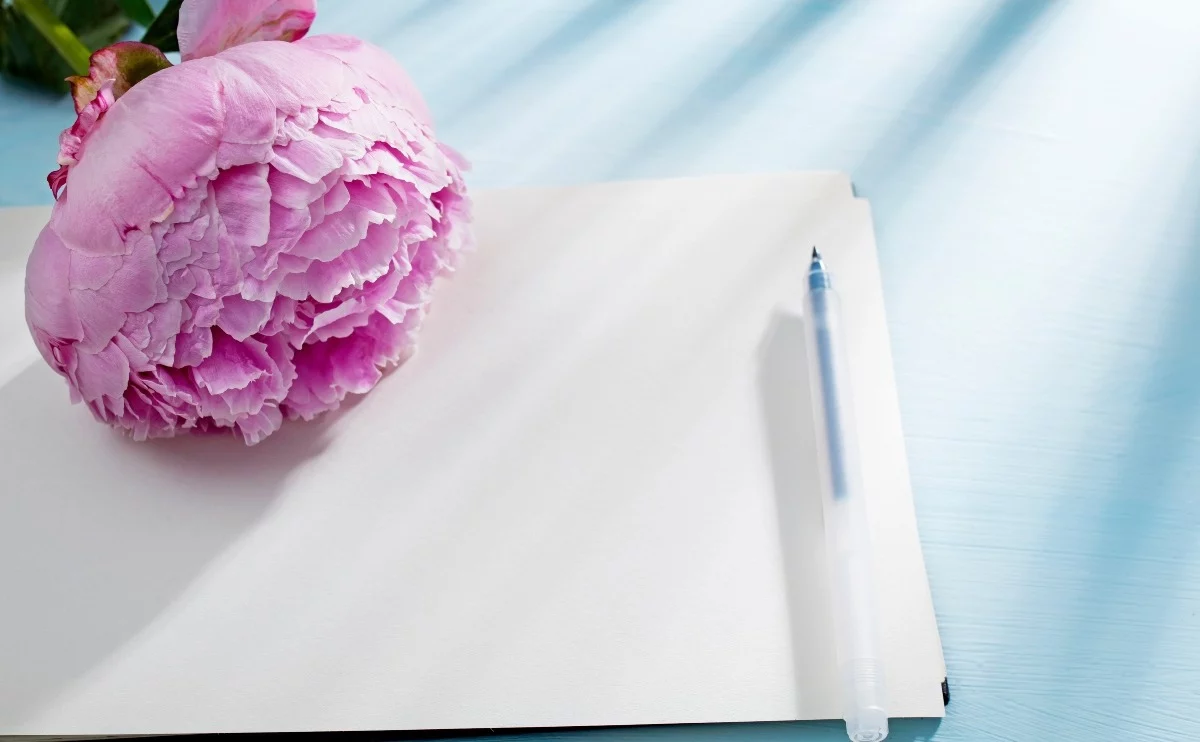
Types of Poetry: Abstract Poetry

Abstract poetry relies entirely on the sound the poem makes, rather than on the meanings of the individual words.
This is often referred to as the poem’s “aural quality.” For this reason, the genre is sometimes also referred to as sound poetry.
It should be noted that the term “abstract poetry” is sometimes used to refer to poetry that lacks meaning or narrative, but this is not completely congruent with the view we’ll be taking today.
While abstract poems do focus more on sound than on meaning, it’s possible for an abstract poem to have a narrative of some sort still, though it may be nonsensical.
Because of this, there are some instances where a poem’s inclusion or exclusion in the genre is up for debate.
This is because the genre itself tends to be more subjective than objective, except in specific examples where the poem was clearly only interested in sound.
Basic Properties of Abstract Poetry
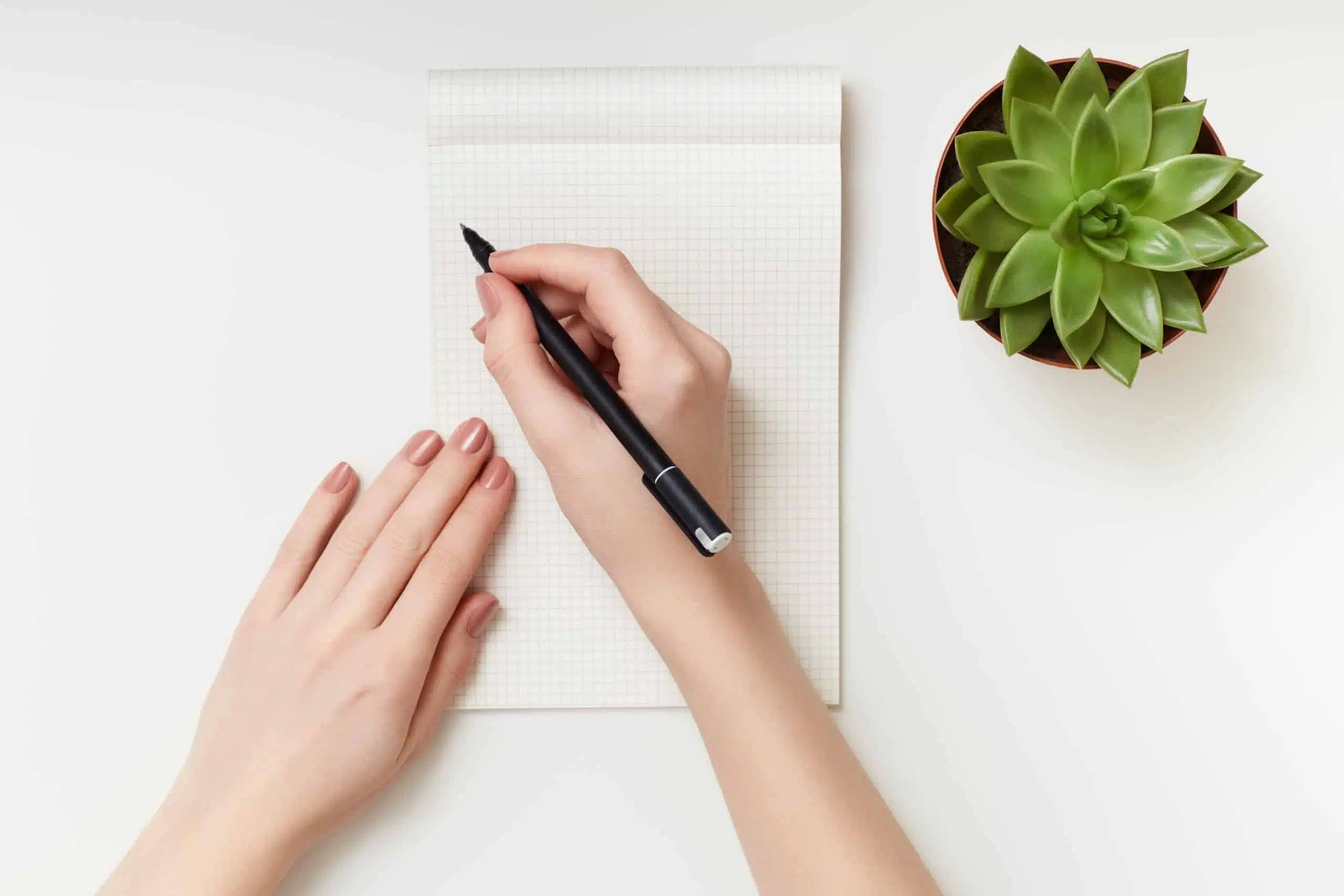
| Rhyme Structure | Optional but commonly used |
| Meter | Optional |
| Origin | Term originates around 1920s England, but the idea has been around longer |
| Popularity | Tends to be unpopular, except in short bursts |
| Theme | Often absurdist |
What Are the Key Features of Abstract Poetry?

Phonetic techniques like rhyme and alliteration are prevalent in abstract poetry, though no one technique or combination of techniques is expected.
Rather than having any prescribed forms or conventions, abstract poetry is essentially a branch of free verse that focuses on bringing musical qualities to the poem.
They can be compared to terms like avant-garde or modern art, in that abstract poems often defy easy categorization and formulaic construction.
Abstract poems discard most of the theory that goes into writing traditional poetry.
Imagery and narrative might be present but are not necessarily the focal point of the poem.
Because of their sound-based qualities, it’s fairly common for abstract poetry to be relegated to oral presentations.
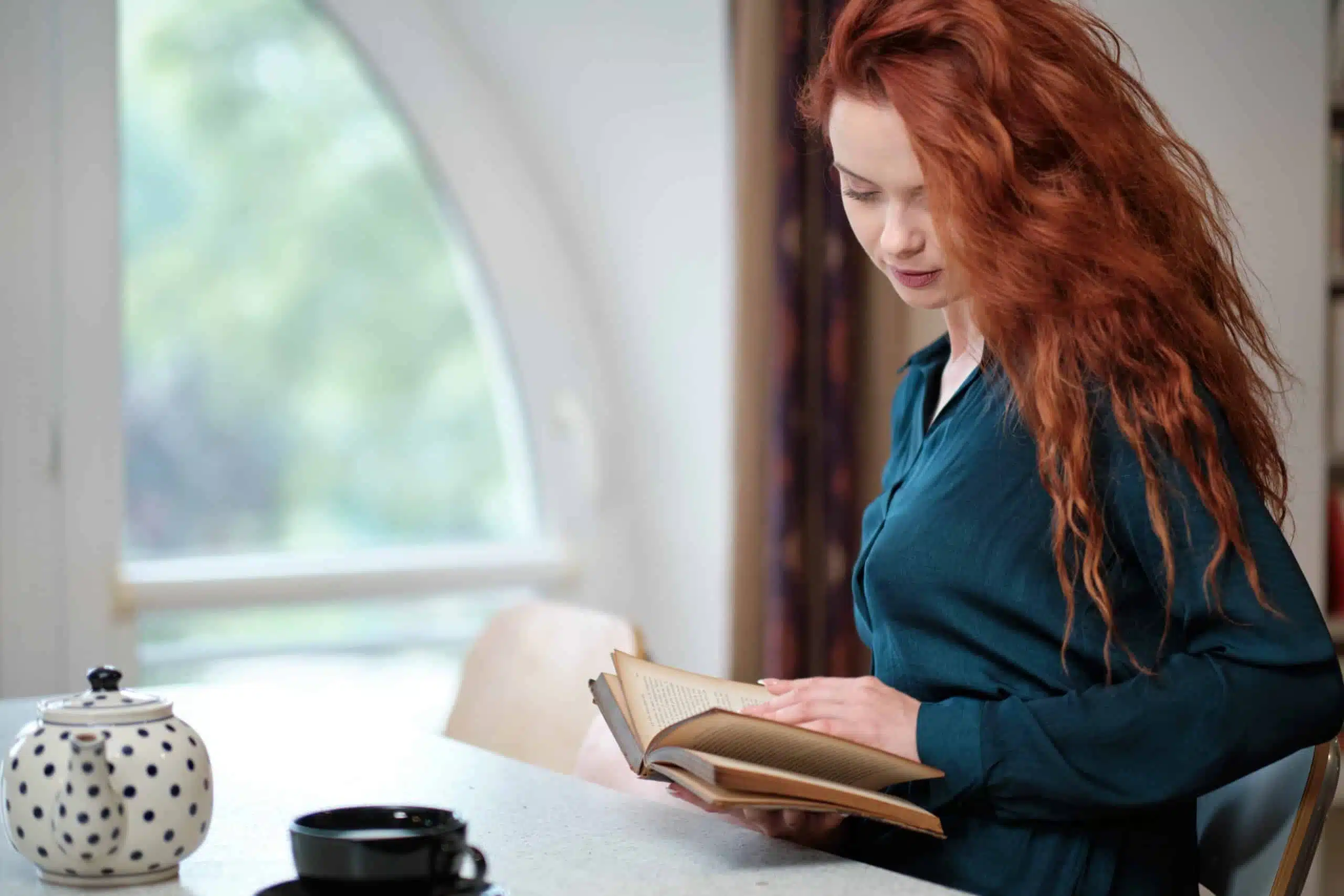
An abstract poem achieves its true form when it’s spoken out loud. Some poets take this to the extreme, only releasing abstract poems in recordings as performance pieces, though this is uncommon.
The thing that makes abstract poetry so resistant to definition is that it exists less as a clear and static denotation and more as a sort of spectrum.
Since most poets experiment with phonetic techniques on some level, it’s hard to grasp a clear cut-off point where a poem leans far enough toward the sound and away from meaning to be considered abstract.
Example of an Abstract Poem
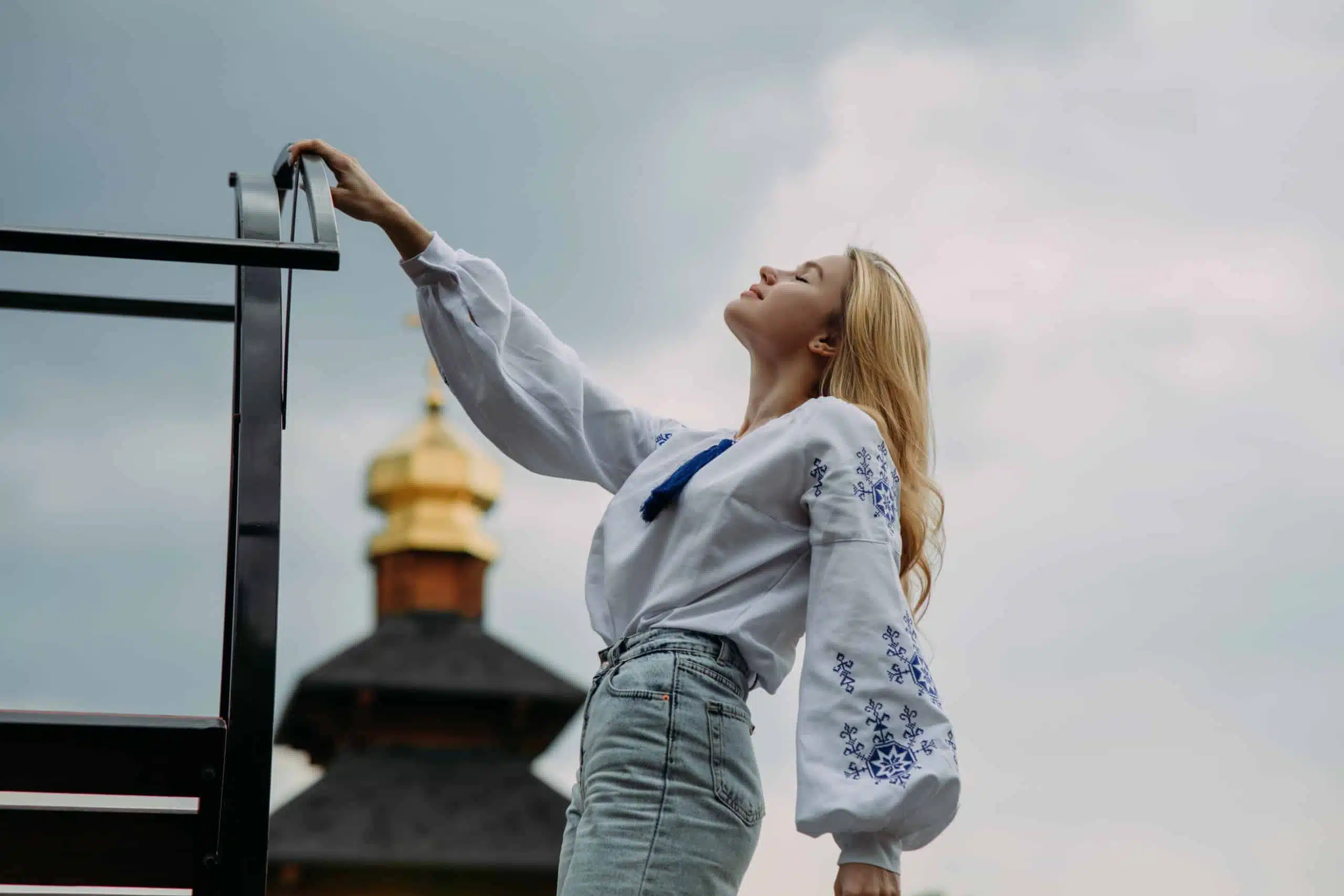
from Popular Song by Edith Sitwell
Lily O’Grady,
Silly and shady,
Longing to be
A lazy lady,
Walked by the cupolas, gables in the
Lake’s Georgian stables,
In a fairy tale like the heat intense,
And the mist in the woods when across the fence
The children gathering strawberries
Are changed by the heat into Negresses,
Though their fair hair
Shines there
The above excerpt from the beginning of “Popular Song” premiered in Edith Sitwell’s Façade.
In this example, we see that there is some semblance of narrative, at least, but it’s clearly not the focus.
Instead, the poem relies heavily on rhyming and repeating sounds, often making huge leaps between lines that can make the narrative difficult to follow.
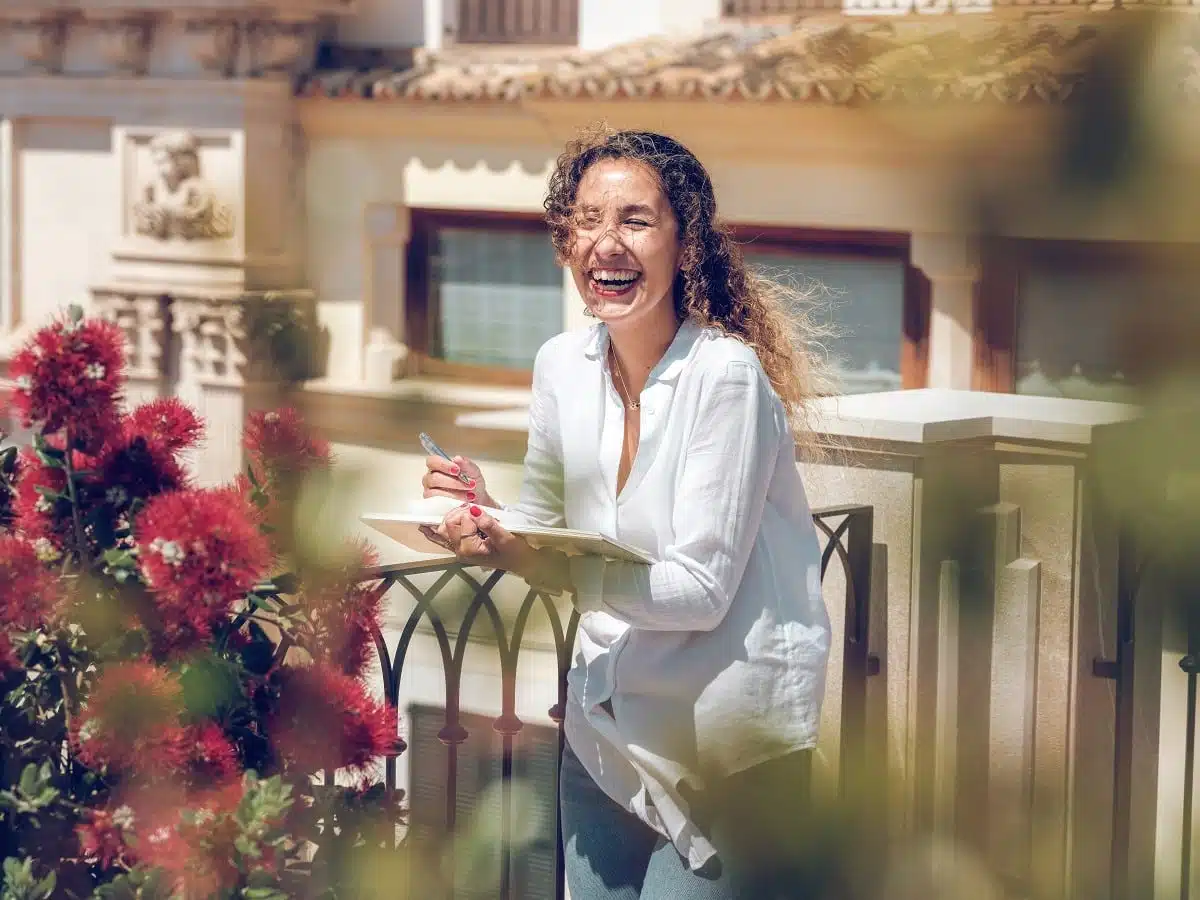
This is fine, however, since the narrative largely isn’t the point.
If a listener completely glossed over the narrative only to enjoy the continuous barrage of sounds, then the poem will have done its job.
An abstract poem need only be entertaining.
This example was chosen because it represents one of the most infamous pieces of abstract poetry to date.
Façade was violently hated by critics and even its own performers when it was first performed and became a success more by virtue of being a scandal than by any other measure.
Nonetheless, audiences gradually warmed up to Sitwell’s strange new poetry and the collection of poems ultimately became a success over the next several years.
History of Abstract Poetry

Poems that lean more on sound than meaning first started being popularly called abstract poems around the 1920s, thanks to the influence of English poet Edith Sitwell, who first coined the term.
Sitwell was notoriously rebellious, both in her personality and in the nature of her writing, and emerged as a major poet of the era.
Sitwell was a radical opponent of Imagism, using her poetry to emphasize sound instead of meaning.
She was heavily focused on the performance of poetry.
This has some interesting parallels to the origins of poetry since poems were originally a spoken art form rather than a written one.
It’s worth noting that although Edith Sitwell popularized the term, abstract poetry as an idea had existed long before this.
During World War I, the flourishing Dadaist movement had already been experimenting with audio effects, as did Futurists.
Limericks and nursery rhymes had toyed around with similar notions long before any of these movements.
Some writers who have experimented with sound in poetry, to varying degrees, include Hart Crane, Edward Lear, Lewis Carroll, and Baroness Elsa von Freytag-Loringhoven.
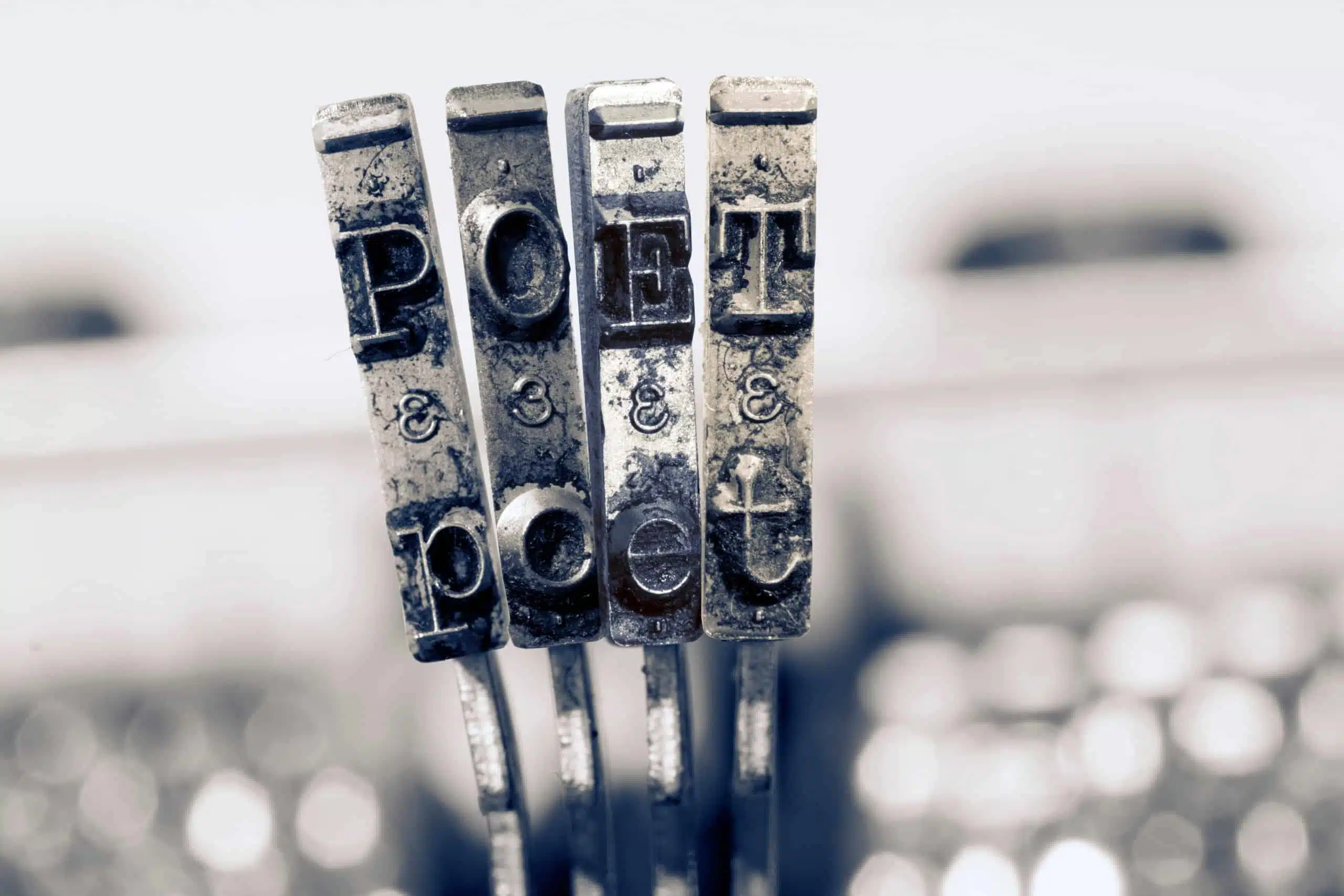
The degree to which their poems fall under the term “abstract” varies.
It’s worth noting that most poets explore sound in their poetry to at least some degree through commonly used techniques like alliteration, assonance, rhyme, and meter.
The difference here is that those phonetic techniques become the defining feature of the poem, sometimes to the exclusion of anything else.
It is for this reason that abstract poetry routinely comes under fire from critics.
Sitwell herself enjoyed a distinctly controversial career, with many who attacked her personally and professionally.
Even in the modern era, abstract poetry is fairly uncommon, with many poets jumping on the bandwagon to declare that poems should be built on concrete imagery and metaphors with visual elements.
Tips for Writing Abstract Poems
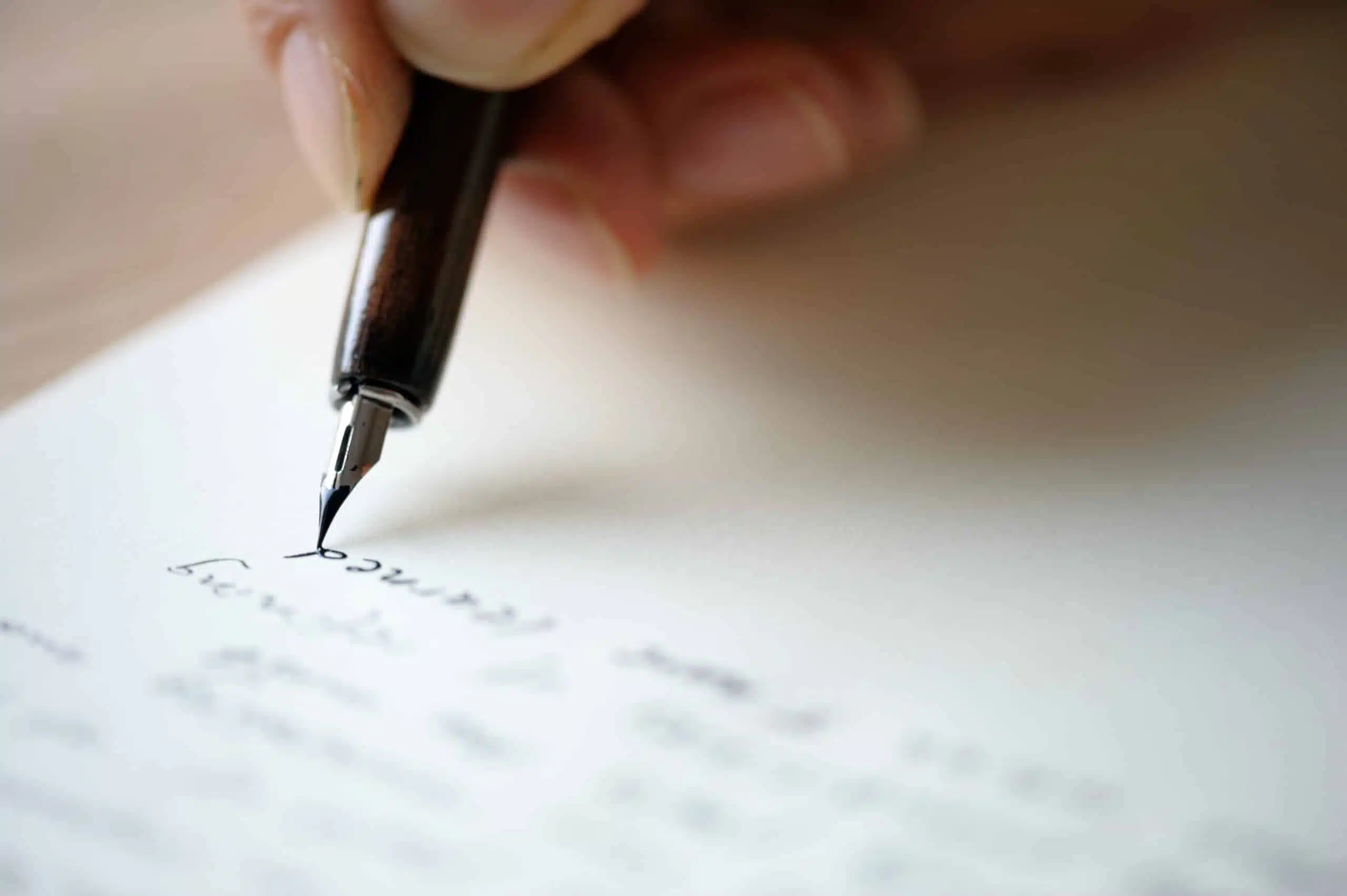
First, I recommend studying the core features listed previously.
Alliteration, assonance, and rhyme will be your primary weapons. Meter, refrains, and anaphora are your secondary weapons.
Focus on looking for the words that sound the best in a line, even if it means compromising the meaning somewhat.
Let’s explore what I mean by “primary” and “secondary.”
Nearly every abstract poem should feature alliteration, assonance, and/or rhyme.
The repetitions of sounds are critical to the intentions of abstract poetry, so you absolutely should try to employ one or more of these, though there are no absolutes.
As for your “secondary” tools, meter certainly helps with giving a poem an aural quality, but it’s not by any means mandatory.
It might even inhibit the sound in some ways since it makes the poem more predictable.
Refrains and anaphora have a similar purpose to your primary tools, in that they do feature repetition, but repetition of entire sections of the poem can be stale instead of a novel if done poorly.
The easiest way to envision yourself writing abstract poetry is probably as follows.
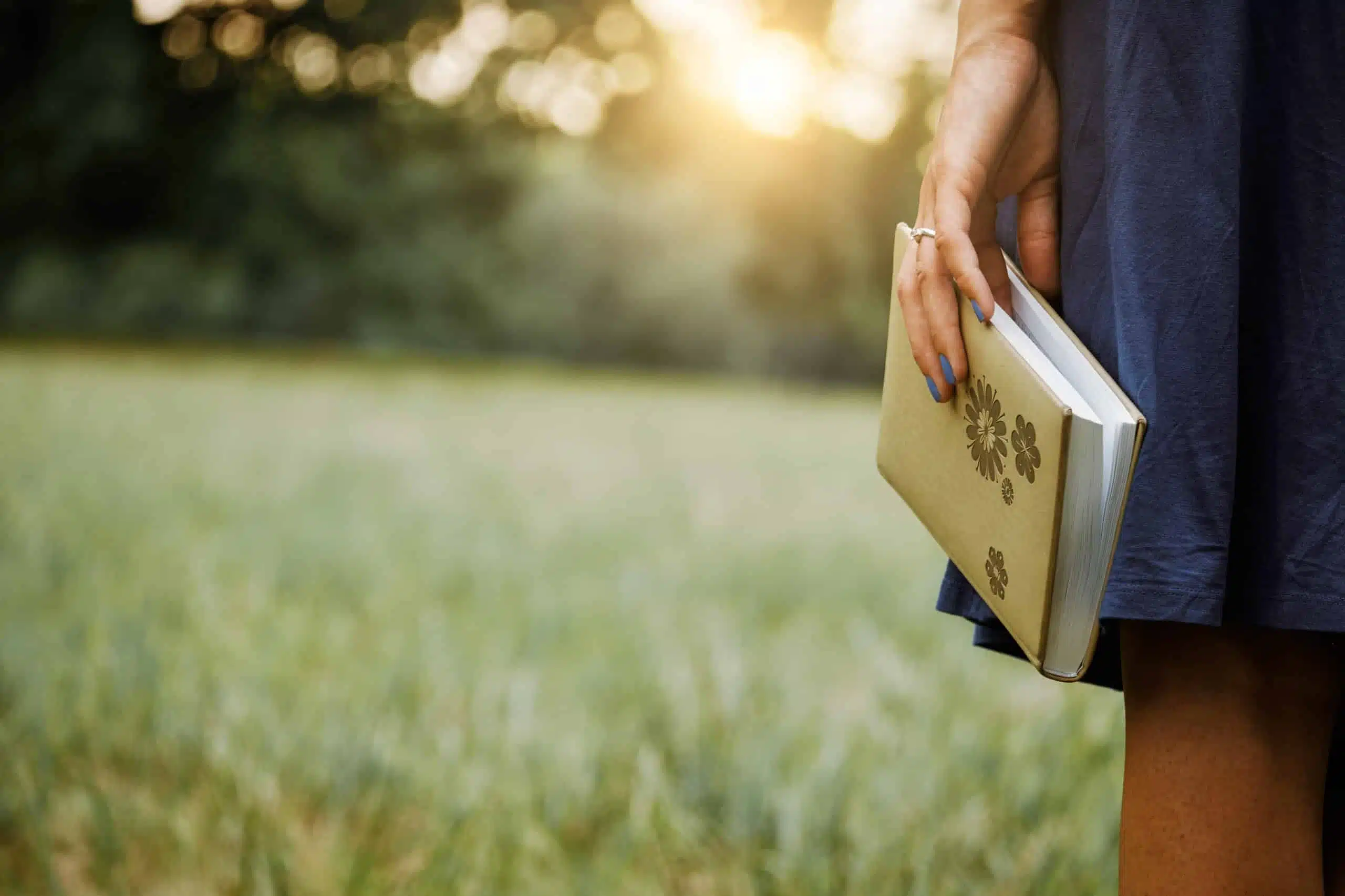
Have you ever written a rhyming poem and found yourself thinking that you know the perfect word to use as a rhyme but can’t think of any way to include it without making the meaning incomprehensible?
Abstract poetry demands that you use that rhyme by any means necessary.
Does it require you to jump to a whole new train of thought that has nothing to do with the previous line? Do it.
Abstract poetry doesn’t care about your carefully prepared narrative or the deeper meaning that you just have to scratch at.
Abstract poetry requires you to impulsively and abruptly jump toward the next pleasant sound that comes to mind, regardless of what it might do to the poem’s other qualities.
Words like lollipop and babbling are especially valuable since they give you repeated sounds within a single word.
An abstract poem should sound more like a slightly nonsensical piece of music than a traditional poem.
Poet’s Note

“Baroness Elsa von Freytag-Loringhoven” is perhaps the most visually impressive name I’ve ever seen for a real person.
Truth be told, there were dozens of poets listed in the sources I researched. The baroness mainly made the cut for a mention because, look at that name.
Comprehensive Collection of Poetry Forms: Craft Words Into Art

Dare to traverse the entire spectrum of poetic forms, from the commonplace to the extraordinary?
Venture from the quintessential Sonnet to the elusive Mistress Bradstreet stanza, right through to the daunting complexity of Cro Cumaisc Etir Casbairdni Ocus Lethrannaigecht.
For those with a zeal to encounter the full breadth of poetry’s forms, this invitation is yours.
Start exploring the vast universe of poetic ingenuity with our comprehensive array of poetry forms right now!
